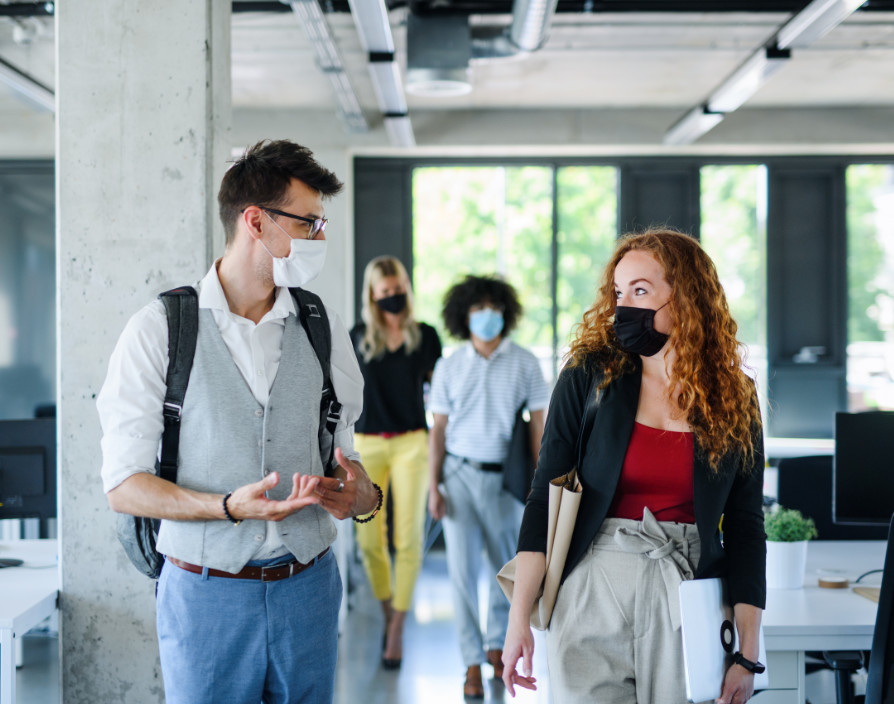While some of us were standing on the rooftops bellowing out George Michael’s smash 1990 hit ‘Freedom! 90’ on Monday 19th July, others, particularly employers, were scratching their heads wondering what ‘freedom’ actually means.
Although the loosening of COVID restrictions is cause for celebration, it doesn’t detract from the fact that the latest changes create a myriad of challenges employers must address: whether to follow Transport for London’s lead and make masks mandatory despite guidance shifting? How best to adopt a hybrid working setup? And how a company culture can be revived after 18-months of working from home?
The central issue troubling employers is the return to the office ‘ a conundrum which has been exacerbated by the rise of COVID-19 cases across the county and the distribution caused by the pingdemic.
The challenges facing employers in the coming weeks
More than half a million people in England were told to isolate by the NHS test and trace app on the week commencing 5th July ‘ the highest figure in a seven-day window. And, at the same time, COVID-19 cases were slowly ticking up.
Notably, new infections are now declining ‘ Tuesday 27th July marked the sixth consecutive day of decline ‘ but the confusion around Freedom Day may have unnerved employees at the exact time their employers were trying to return to a semblance of normality at work.
Shifting discussions away from COVID-19 and rebuilding a predominately in-person company culture will be crucial for employers looking to rebuild their team’s confidence in the office.
However, returning to a pre-pandemic workplace is not as easy as turning on a light switch.
Why employee satisfaction is a multifaceted concept
Employee satisfaction is a multifaceted concept, requiring a multifaceted approach. A sophisticated employee listening structure must be at the core of this approach, but there are other steps employers can take.
By creating a positive supportive working environment, with plenty of enticing features, you’re more likely to encourage employees to return to the office. Welcoming and fun physical features, from more unusual facilities like showers or a table tennis table, to functional ones such as comfortable desks and chairs or collaborative meeting rooms can help persuade employees to return.
Businesses can also overcome any hesitancy by incentivising employees to return to the office through wellbeing initiatives. For example, hampers for employees to enjoy on their return including gifts that also work for a hybrid workforce, such as leisure vouchers or gifting an experience. Rewarding returning employees and recognising the importance of the occasion can help towards creating a more harmonious and welcoming company culture.
Why employers must address the commute
Employers must also listen to their teams and address any areas of concern. Multiple studies have been commissioned since the outbreak of COVID-19 and the commute has repeatedly been cited as something that unnerves employees.
For instance, a study by Kura found that one-fifth of UK workers plan to never commute again post-pandemic.
Employers will need to be proactive in appeasing these worries by offering flexible working. For instance, to alleviate any worries about the commute into the office, employers could choose which hours they work, as long as they are committing to their 7.5 hours. This means they could start no later than 10 am and finish around 4 pm, thus giving them the chance to beat rush hour.
Although the latest chapter of the pandemic is now reaching its conclusion, the COVID-19 saga has not ended: coming next will be how we can strike a balance between getting on with life and keeping case numbers down – this will require us all to employ the agility and poise of the highwire artist, Philippe Petit.
“
Share via:








































